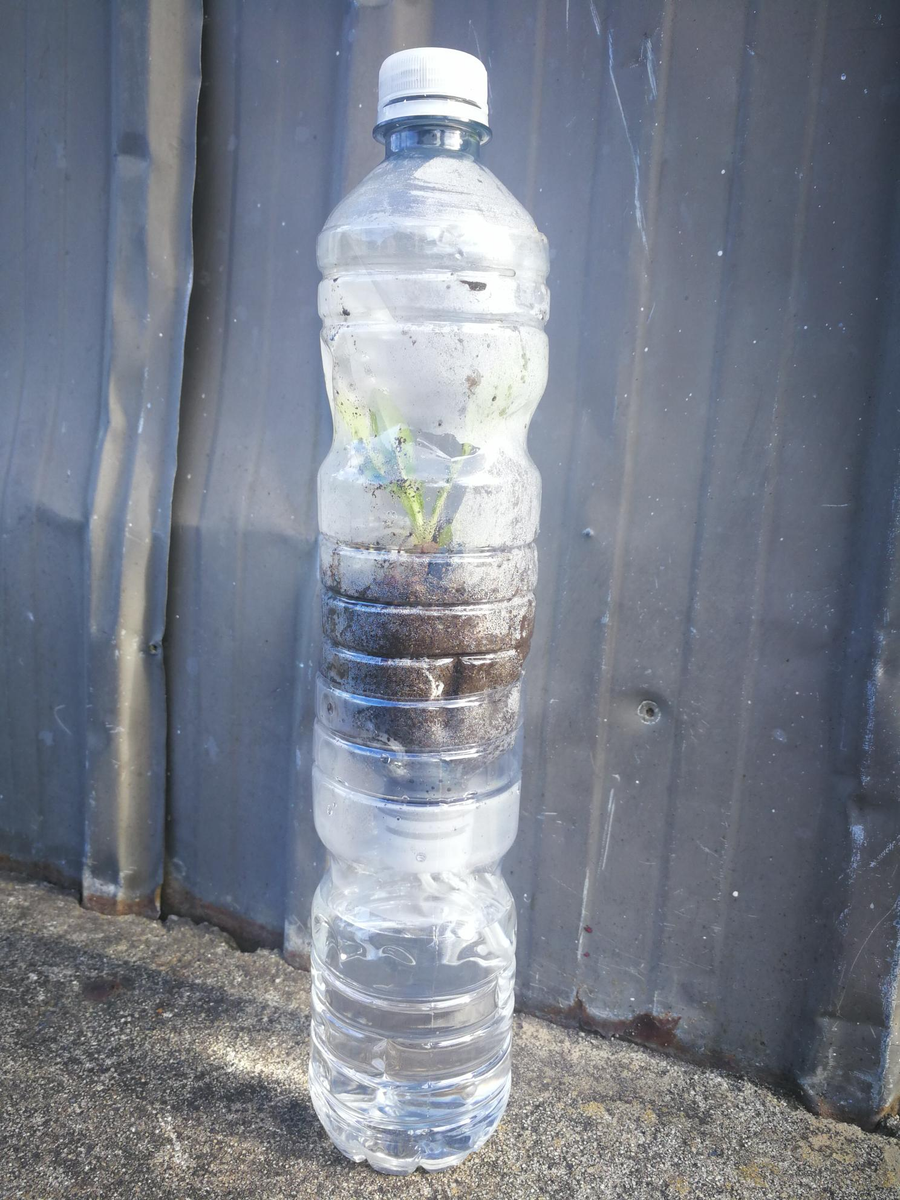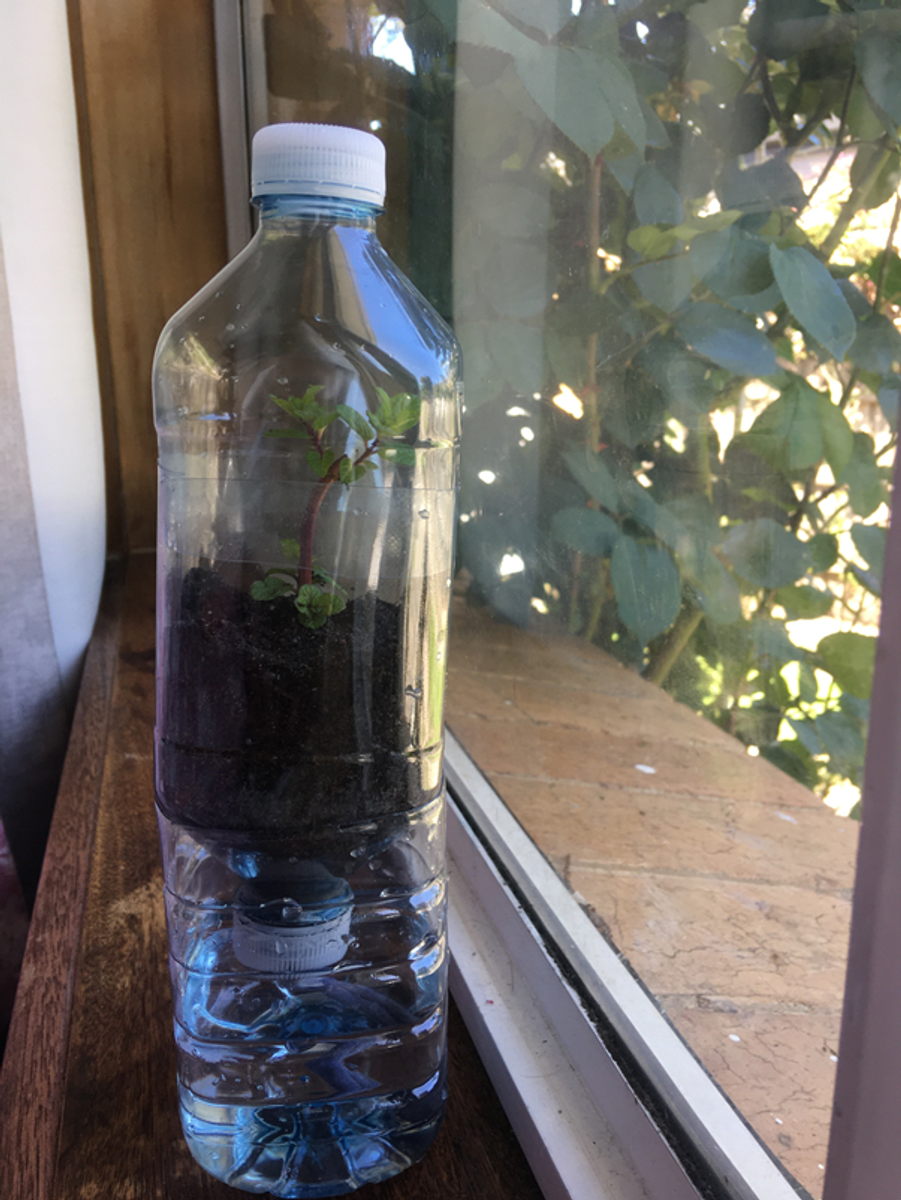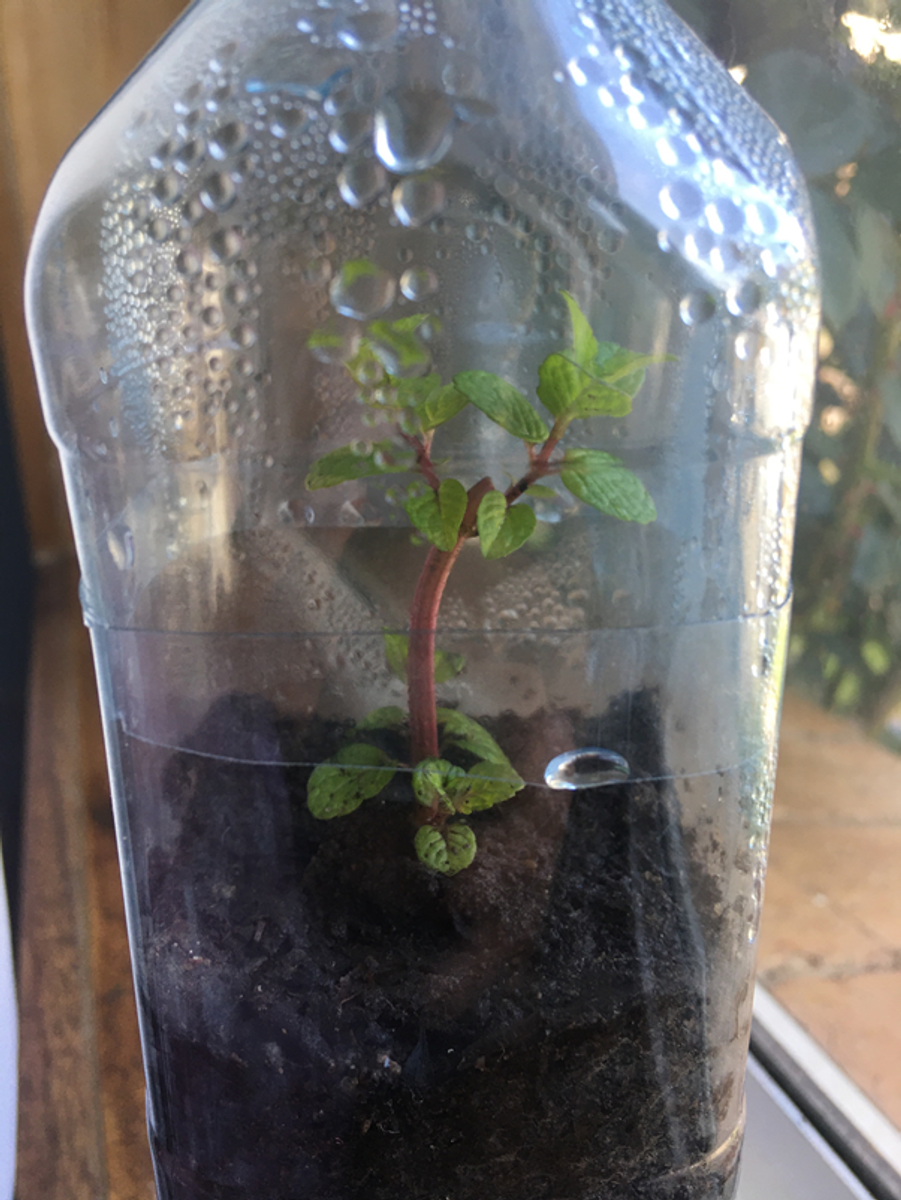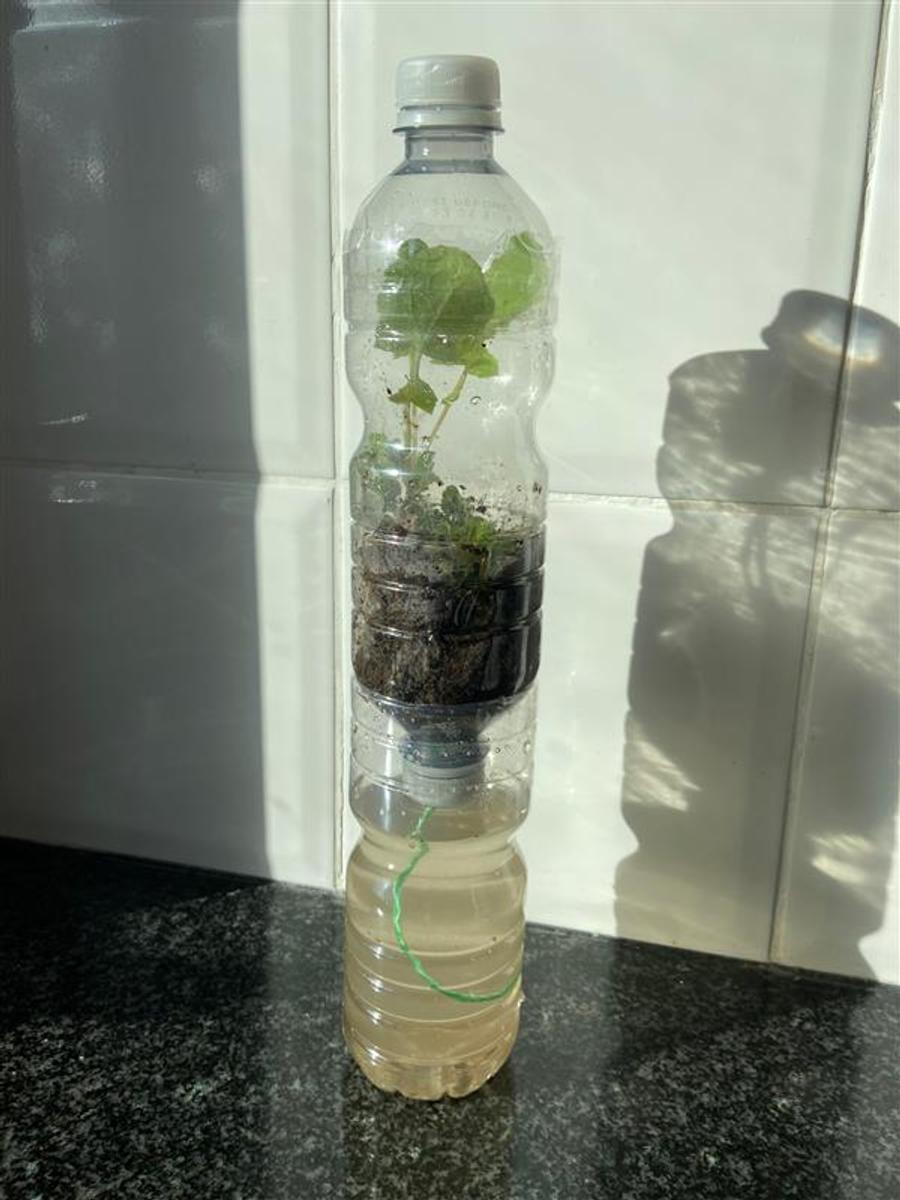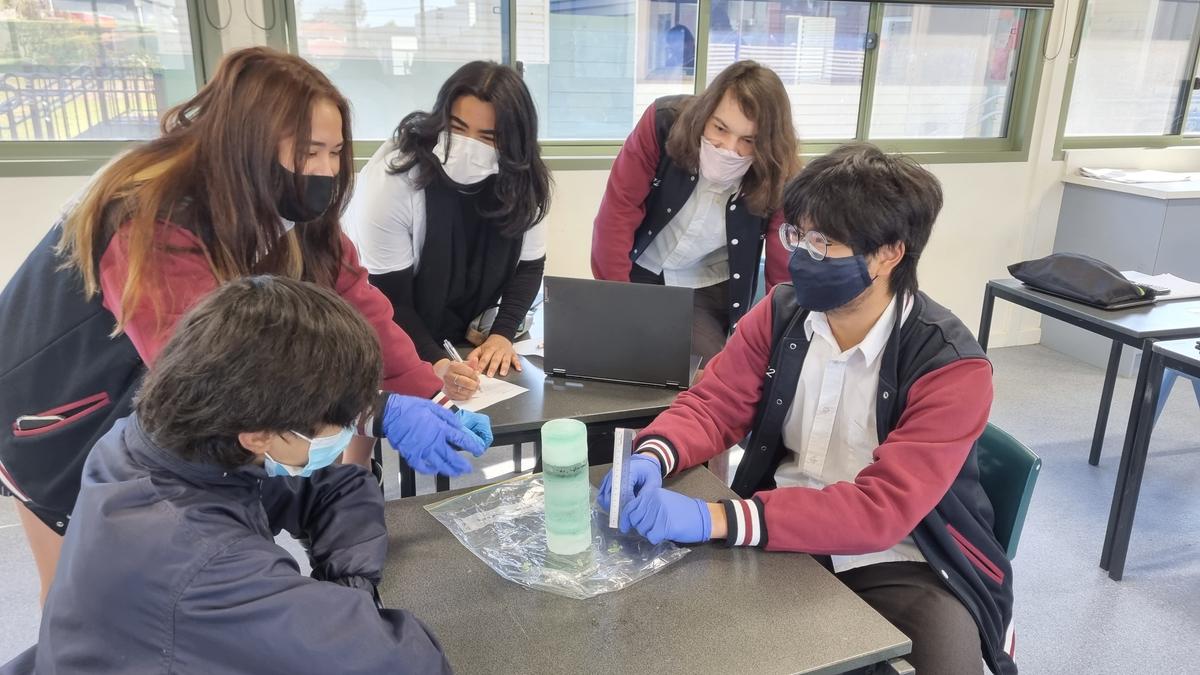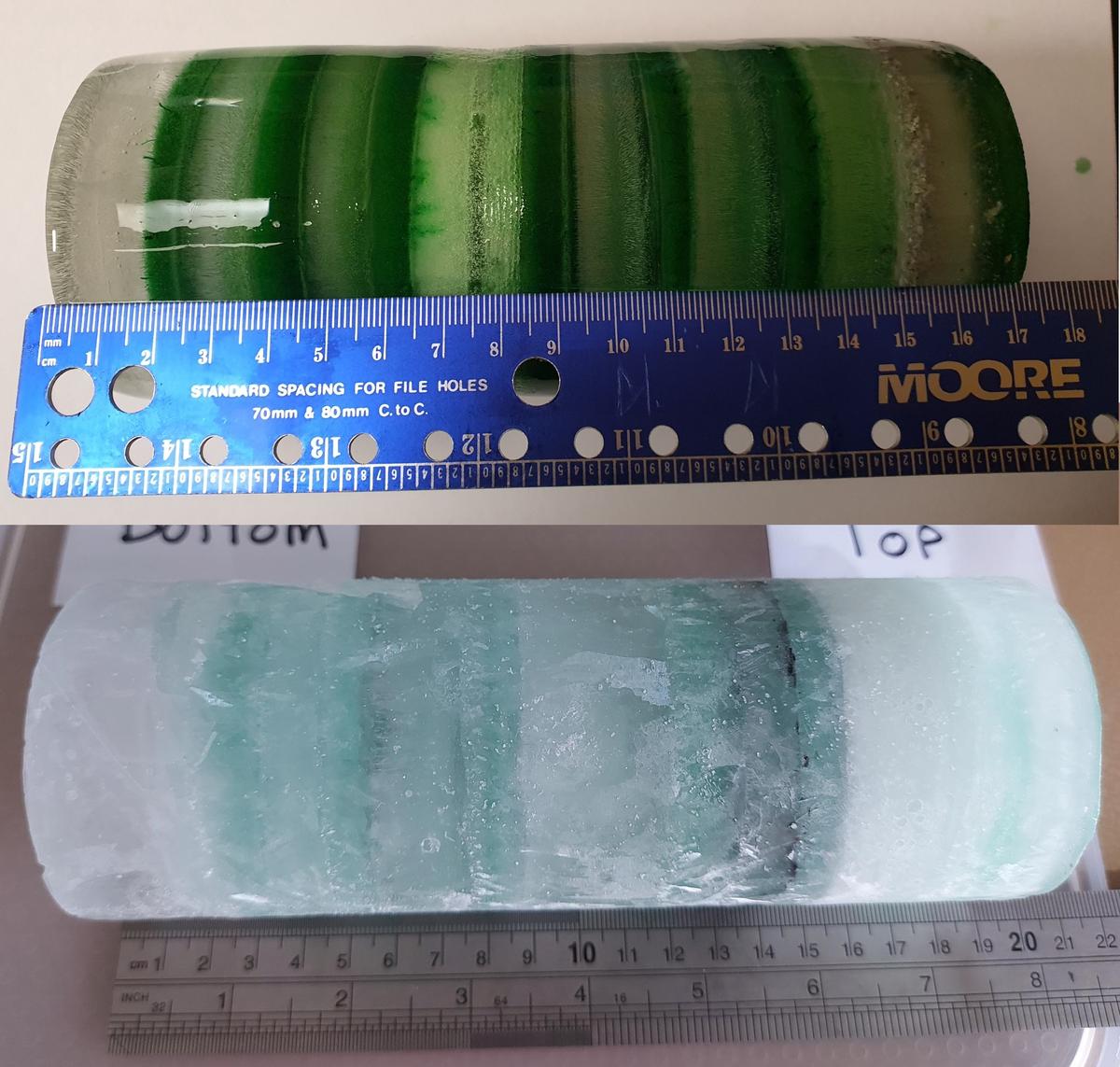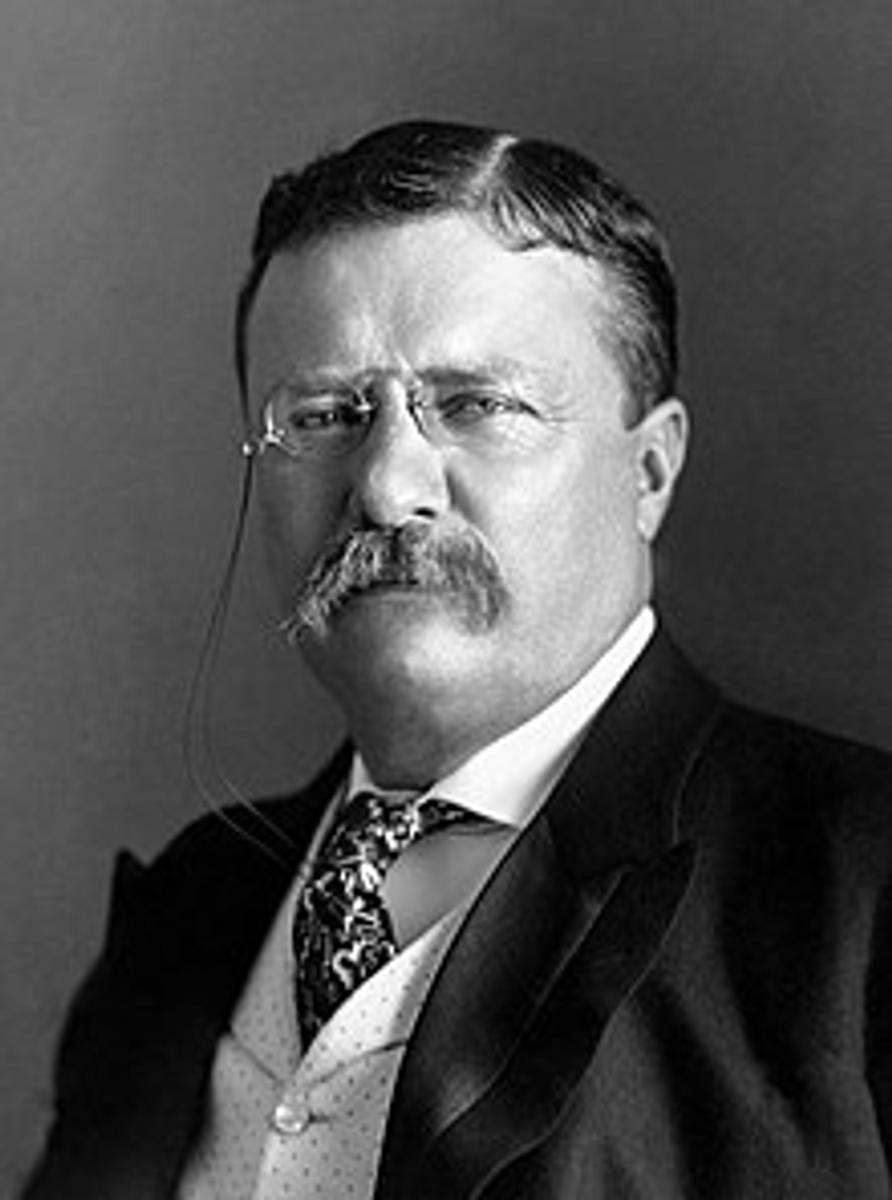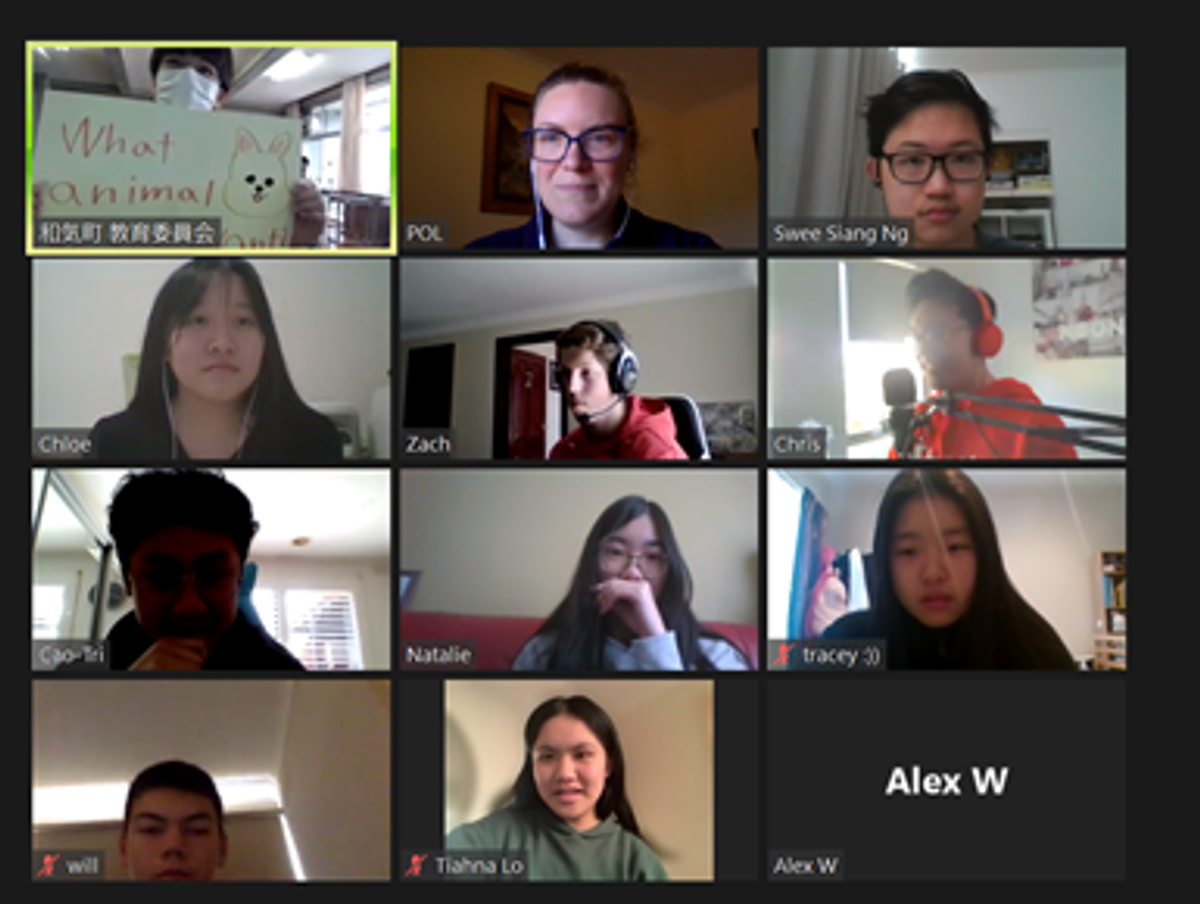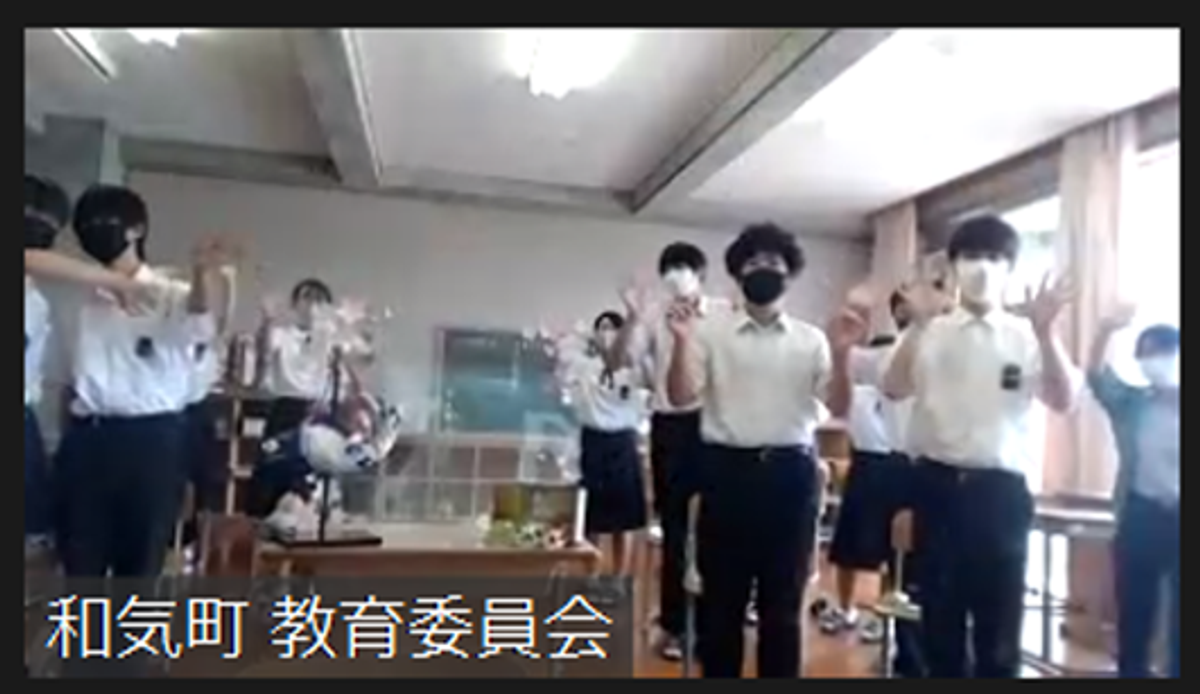Around The College

VCAL Community Projects
This October, the Brentwood VCAL students are taking part in the Great Cycle Challenge to fight kids' cancer! Because right now, cancer is the largest single killer of children from disease in Australia – over 600 children are diagnosed with cancer every year and sadly, 3 die every week. Kids should be living life, not fighting for it.
And so we are riding and raising funds to support the Children's Medical Research Institute to continue their work into the prevention, diagnosis, treatment and finding a cure for childhood cancer.
Please support our challenge by making a donation through our fundraising pages below to give these kids the brighter futures they deserve.
Brentwood Bazza Boys: https://greatcyclechallenge.com.au/Teams/BrentwoodBazzaBoys
Brentwood VCAL Boys: https://greatcyclechallenge.com.au/Teams/BrentwoodVCALBOYS
Together, we can save little lives.
Our VCAL has put together this virtual wall of isolation ideas to engage with our community: https://padlet.com/kal8/vtbx4expj2padq5o
Thanks for your support.
Biosphere in a Bottle
Along with other students in my Year 10 Environmental Science class, I created a ‘biosphere in a bottle’, which is simply a closed terrarium that serves as a model of the Earth. With the ultimate aim being survival, there were certain measures I had to put in place to ensure that the plants and microorganisms in the soil would sustain themselves with the right balance of light and water. Mirroring Earth, the biosphere has its climate, water cycle, carbon and nitrogen cycles, and ecological systems that achieve a balance with time. For example, biological processes inside the bottle will recycle most of the matter, as the rate at which leaves, and stems die; begins to equal the rate of new growth. The dead remains are quickly decomposed, releasing carbon dioxide, which, in turn, becomes part of the mini-carbon cycle in operation inside the biosphere bottle.
Each bottle has its unique biodiversity dependent on the plants, organisms, soil, and water you incorporate. As for my biosphere, I integrated mud and rainwater, as I wanted to avoid tap water, and included a layer of moss. Furthermore, I made sure to utilise weeds as the green plants, because they’re extremely good at competing for sunlight, water, and nutrients, hence they’re so difficult to kill. By creating this biosphere from resources outside, I’ve most likely (hasn’t been long enough to notice yet) introduced different organisms into my ecosystem, namely, nematodes, fungi, algae, bacteria, the list goes on.
Contd…
On the topic, the biosphere also responds to changes imposed on it, for instance, depriving it of light results in a lower survival rate of green plants, while the fungi and bacteria take over. Similarly, exposing the ecosystem to direct sunlight would induce a kind of global warming in the bottle, which, as we know from the current climate crisis, is unfavourable to green life. With this being said, if your biosphere is placed under a grow lamp, the temperature will rise slightly, then remain steady. This is puzzling because the bottle receives continuous light and can trap the heat just like a greenhouse... However, the input of new energy is eventually compensated for by the increase in heat radiating away from the biosphere bottle. During the adjustment period, the air inside the bottle warms up by a few degrees but steadies out when infrared radiation emitted from the bottle balances the incoming visible light. This was a simple experiment that did not require much time to construct and served its purpose in replicating an integration between a community of plants and organisms, paired with nonliving aspects of an ecosystem such as the sun, soil, climate, and atmosphere.
Sofia Galletti (10G3)
When creating what we have playfully dubbed our ‘Biosphere 3’ we forced to be resourceful with the limited materials we possessed. Specifically, when creating the hole in the lid of the bottle required a drill we pushed to be creative. In order to overcome this challenge, we used both an exact-knife and hot hair pin. While the original practical called for large two-litre bottles, we utilized the 600ml water bottles we had at our disposal. Overall, we think that this experiment was extremely helpful to explore the nature of the water cycle and the original Biosphere 2 experiment.
Ming DONG and Shivani VASU (10G3)
Ice Core Lab
This week, our Year 12 Environmental Science class measured and analysed the layers in the ice cores provided to us to make inferences of what the weather and climate was like each year in the past. An ice core is a drilled-out core of a glacier that is used as a proxy to make inferences about past climate conditions. Ice cores have layers that are similar to tree rings. Summer and winter snowfall freezes and hardens into layers. Summer layers appear darker because the snowfall melts, refreezes, and become denser. Scientists cut slices of ice cores, melt them, trap the air released from the air bubbles, and analyze the gases. Higher amounts of greenhouse gases (methane and carbon dioxide) mean higher atmospheric temperatures.
We would like to thank our lab managers, Ms. Raggett and Ms. Ho for preparing the ice cores at their homes during the current lock down.
Yousouf Palitanawala (11R1)
Wishing our Brentwood community a HAPPY ‘HISTORY MONTH’ this October!
October officially marks ‘History Month’ in Victoria and to show our appreciation, the Humanities faculty will be sharing significant dates in history for each week of this month – via Compass. Additionally, we will be running a history-related competition in Week 4 of this term open to all students in all year levels.
With a $100 prize-pool for those placing 1st, 2nd and 3rd, the 20-question quiz will be made up of multiple choice, ranking, typed answer and crossword questions. The winner/s will be judged on completing the challenge with the most correct answers in the quickest time.
The challenge will open on Thursday the 28th of October and conclude on Sunday the 31st.
Stay tuned for the release of the history challenge in the coming weeks!
Brentwood History Team
Zooming to Japan
At the end of Term 3, several Japanese classes from Year 7 up to Year 10 were given the opportunity to participate in language and cultural exchanges with two junior high schools in Japan via Zoom. Students from Brentwood and Japan took turns to ask and answers questions on a range of topics, practising their language skills whilst also learning about each other’s culture. Students shared their interests and found many things in common. The Japanese students were very excited when they found out that many of our students enjoy the same anime and manga series that they do. Seeing the Japanese students in their classroom also gave our Brentwood students a glimpse into life at a Japanese school. Although communicating via Zoom has its occasional awkward moments, all students tried their best and, most importantly, had fun. Hopefully we can participate in many more of these sessions into the future.
Pollock Sensei




